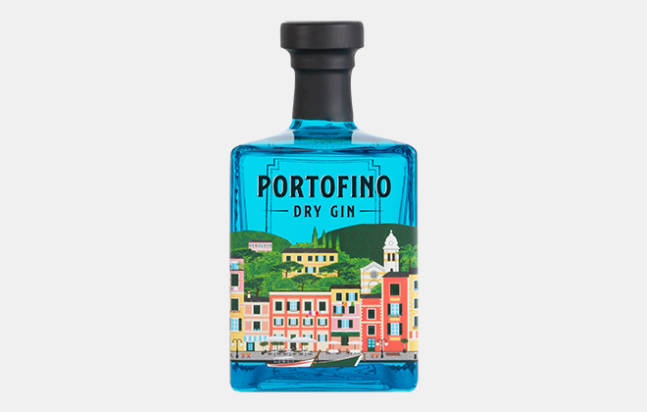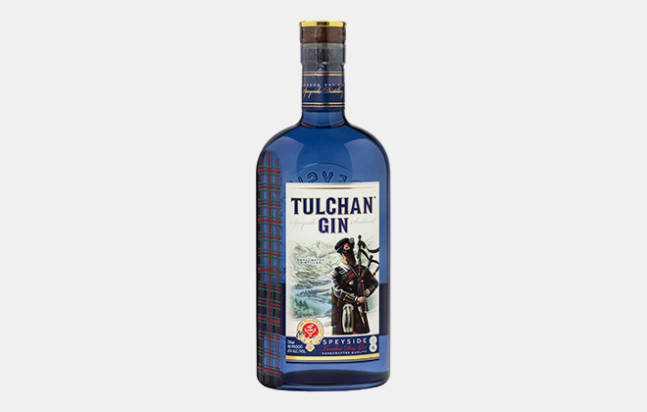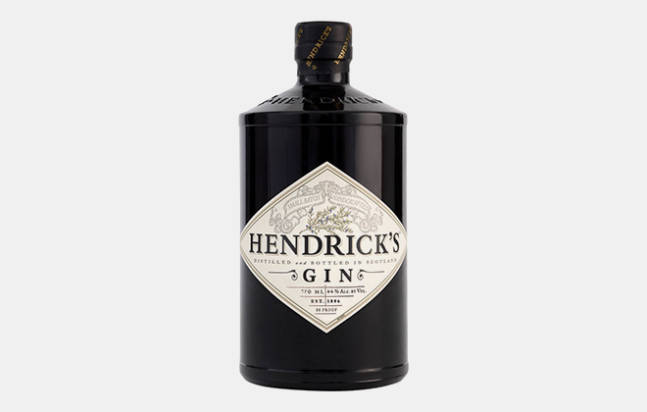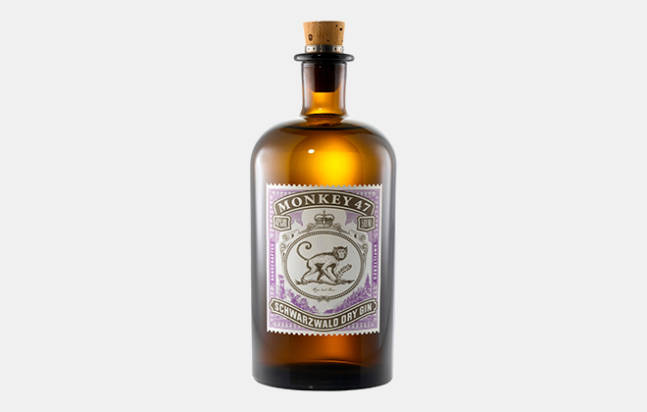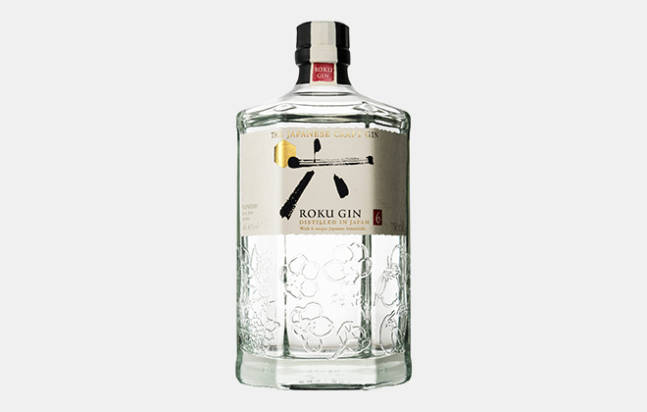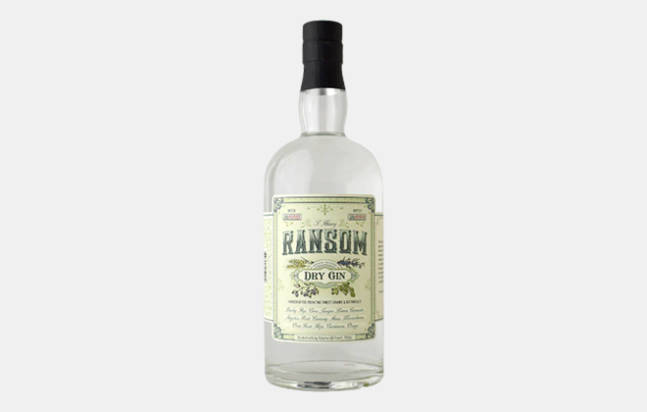Gin inspires drinkers to fall strongly into one of two camps: those who love the spirit in all its forms, and those who despite it. A lot of that has to do with the piney juniper flavors that define London dry gin and those that style themselves after that most popular of gin types. But there’s a whole other world of gins out that include juniper (which is required to legally be called gin), but put a bigger emphasis on local botanicals and herbs for something totally unique to the location that it’s made.
Even if you fall into that “despise” camp of drinkers, these seven gins are worth a try.
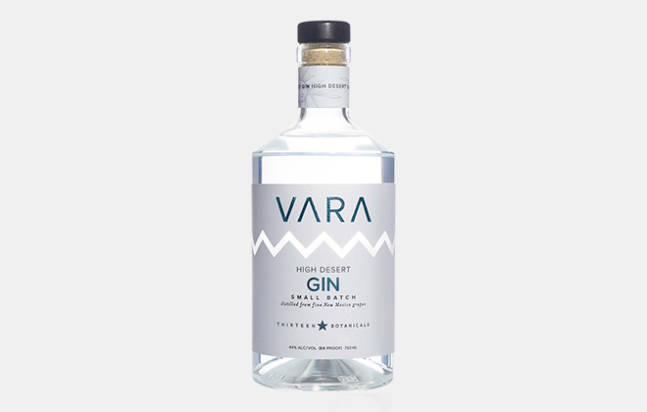
Vara Spirits: High Desert Gin
You won’t find another gin like Vara High Desert Gin. Made in New Mexico using a base made from 100 percent New Mexico grapes (Vara also makes wine), the gin blends Spanish influences with local ingredients. Aside from juniper, coriander and New Mexico sage are in the botanical mix. It’s light, flowery, and citrusy rather than hitting the drinker over the head with heavy pine notes. Head distiller Scott Feuille and assistant distiller Djuna Benjamin leaned on New Mexico’s cacti, sage, and the smell of summer rain in the New Mexico desert as influences.
Portofino: Dry Gin
For many travelers who love going to Italy, Portofino is just as much a lifestyle as it is a town. The former fishing village on the Italian Riviera is defined by colorful houses, high-end shopping, seafood, tourists looking for la dolce vita, and the rich who hang out just off shore in their yachts. Portofino the gin is just as refreshing and transporting as Portofino the town. The distillery uses 21 botanicals including lemon, lavender, marjoram, iris, and rose — including some that are organically grown and handpicked in the nearby hills. The gin bright and easy drinking — perfect for when all you have is some sparkling water, a lemon wheel, and ice.
Tulchan Gin
You know Scotland for whiskey, but how about for gin? Tulchan Gin draws inspiration for it’s botanical profile from the plants that grow on the 22,000-acre Tulchan estate in the Scottish countryside, including sloe berries, elderflower, and blackberry leaves. Tulchan is a sporting estate (meaning it’s meant for hunting) with a long history of hosting kings Edward VII, George V, and George VI. The botanical selection make for a gin with a hint of sweetness and lingering citrus zest that’s strong (45 percent ABV) and flavorful enough to stand up to tonic yet balanced enough to play well in a Martini.
Hendrick’s Gin
Henrick’s is well known and well regarded for good reason. This Scottish gin was one of the first in the modern era to become popular by going outside of the flavor profile of the piney, juniper-forward London Dry gins that still dominate the market. Of the 11 botanicals used, Hendrink’s highlights rose and cucumber the most (the company even worked on a project to save rare heritage cucumber varieties). Other botanicals include chamomile, elderflower, juniper, lemon peel, orange peel, caraway, coriander, cubeb berries, angelica root, yarrow root, and orris root. If you haven’t already tried this standby, expect an emphasis on the floral notes and know that you can get it just about anywhere, which makes it one of the most perfect gins for people looking outside of the juniper-forward options.
Monkey 47
Some gins rely on a handful of ingredients to carry the whole spirit. Monkey 47 relies on the aggregate of a whole lot of ingredients. Mixing British distilling traditions, Indian spices, and flora from Germany’s Black Forest (one third of the ingredients), Monkey 47 uses 47 handpicked ingredients ranging from herbs to berries to botanicals. German lingonberries and the base spirit made from molasses are the difference makers here. If you want to sit and contemplate your beverage, Monkey 47 has plenty to think about even for people who have less of a gin preference. It’s herbaceous, minty, and has just enough pine to be noticeable without overwhelming.
Suntory: Roku
Roku means six in Japanese, and this gin adds six Japanese botanicals to the standard set of eight traditional gin ingredients to make the spirit reminiscent of where it’s made. Of the Japanese additions, there’s sencha and gyokuro green tea, cherry blossoms and leaves, yuzu, and Japanese pepper. Floral, yuzu citrus notes stand out first and foremost — so much so that it is enjoyable sipped on the rocks or chilled.
Ransom Dry Gin
Before there was gin there was genever, a Dutch spirit that uses a malt base like a whiskey but that’s infused with botanicals like modern gin. Today, neutral bases are the standard for gins, but Ransom Dry Gin out of Oregon uses malt spirit for a little more body. This being from Oregon’s Willamette Valley, local hops are also included, along with marionberry. A portion of the ingredients come from Ransom’s organic 40-acre farm. This is another one that you can sip neat or on the rocks just as easily as in a Collins.
Buy Now $32

